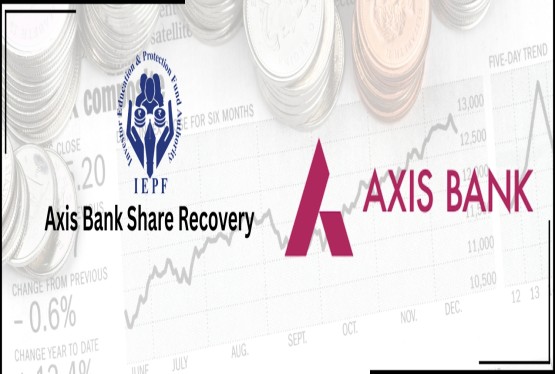India’s financial system is a vast and intricate network that supports the country's economic growth and stability. It comprises a wide range of institutions, from traditional banks and insurance companies to cooperative societies and modern fintech platforms. Among these, banks and insurance companies are the most visible and well-understood by the general public. They are the institutions people interact with regularly for saving money, taking loans, or purchasing insurance policies. Because of this day-to-day relevance, these institutions have become almost synonymous with the idea of finance in the minds of most Indians.
However, beyond the corridors of commercial banks and insurance offices lies a relatively lesser-known yet extremely significant category of financial institutions Non-Banking Financial Companies – Core Investment Companies (NBFC-CICs). These entities do not typically engage with the public in a direct manner, nor do they offer s
Services like personal loans, savings accounts, or insurance policies. Instead, they operate quietly in the background, focusing on holding investments and managing the internal capital structure of large corporate groups.
Despite their low profile, CICs play a crucial and strategic role in India’s financial and economic architecture. They serve as centralized holding companies for large conglomerates, managing ownership and investments across various subsidiaries and business arms. By facilitating smooth capital allocation and maintaining control over group companies, they contribute to efficient corporate governance and organizational growth. In many ways, they act as the financial backbone of some of India’s largest and most influential business groups.
What are NBFC- Core Investment Companies (CICs)?
A Core Investment Company (CIC) is a special type of Non-Banking Financial Company (NBFC) that primarily focuses on holding shares of group companies and managing investments, rather than engaging directly in lending or accepting public deposits.
The Reserve Bank of India (RBI) defines a CIC as a non-banking financial institution which:
-
Holds at least 90% of its net assets in the form of investments in equity shares, preference shares, bonds, debentures, or loans to group companies.
-
Of this, at least 60% must be equity investments.
-
Does not accept public deposits.
-
Does not engage in trading of its investments or provide financial services to the public.
In simple terms, CICs act as investment holding companies for large corporate groups, facilitating capital flow among subsidiaries.
Core Investment companies (CICs)
CIC means a core investment company having total assets of not less than Rs. 100 crore either individually or in aggregate along with other CICs in the group and which raises or holds public funds. It is an NBFC which carries on the business of acquisition of shares and securities, and which satisfies the following conditions:
1. The company holds not less than 90% of net assets in the form of investment in group companies; and
2. Investment in equity shares of group companies and InvITs (including any instruments that is compulsorily convertible into equity shares within a period not exceeding 10 years from the date of issue) which is not less than 60% of Net assets are held as equity stake in group companies.
3. It does not trade in its investments in shares, bonds, debentures, debt or loans in group companies except through block sale for the purpose of dilution or disinvestment.
4. The exposure of such CICs towards InvITs should be limited to their holdings as sponsors and should not exceed the minimum holding of units and tenor prescribed in this regard by SEBI (InvITs) Regulations, 2014.
5. It does not carry on any other financial activity discussed above except
-
Investment in followings:
-
Bank deposits
-
Money market instruments, including money market mutual funds that make investments in debt/money market instruments with a maturity of up to 1 year,
-
Government securities
-
Bonds or debentures issued by group companies.
-
Granting of loans to group companies and
-
Issuing guarantees on behalf of group companies.
"Group companies" shall refer to an arrangement involving two or more entities that are related to each other through any of the following relationships:
-
Subsidiary or parent relationship, as defined under Accounting Standard (AS) 21.
-
Joint venture arrangement, as defined under AS 27.
-
Associate relationship, as defined under AS 23.
-
Promoter-promotee relationship, as specified under the Securities and Exchange Board of India (Substantial Acquisition of Shares and Takeovers) Regulations, 1997, in the case of listed entities.
-
Related party relationship, as defined under AS 18.
-
Use of a common brand name; or
-
Where one entity holds 20% or more of the equity share capital of another entity.
Key Characteristics of CICs
Asset Composition Requirement
Core Investment Companies (CICs) are mandated to maintain at least 90% of their total net assets in the form of investments in equity shares, preference shares, bonds, debentures, or loans to group companies. This regulatory requirement ensures that CICs serve their intended function as long-term holding companies rather than engaging in active lending or diverse financial activities unrelated to their corporate group structure.
Minimum Equity Investment Criterion
Out of the 90% investment in group companies, a minimum of 60% must be in the form of equity shares. This emphasizes the CIC’s role as a long-term strategic investor, committed to the growth and governance of its group companies. The focus on equity promotes stable ownership and discourages short-term speculative investments, reinforcing the company’s function as a central holding entity within the group.
Restriction on Public Fundraising
CICs are prohibited from accepting public deposits or raising funds directly from the public. This restriction serves to protect retail investors from potential risks associated with indirect exposure to group-level financial activities. It also distinguishes CICs from other NBFCs that offer lending or deposit-taking services, ensuring they remain confined to intra-group investment management and do not pose systemic risk through broad-based fundraising.
Ban on Trading and Lending Activities
CICs are not permitted to trade in securities or engage in financial services such as lending to individuals or non-group entities. This ensures they do not operate like typical NBFCs involved in credit or market speculation. Their operations are strictly limited to holding and managing investments in group companies, thereby minimizing market volatility and regulatory complexity.
Systemic Importance Classification
CICs with total assets of Rs.100 crore or more fall under the category of Systemically Important Core Investment Companies (CIC-ND-SI). These entities are subject to stricter regulatory oversight by the Reserve Bank of India (RBI) due to their potential to impact financial stability. The classification ensures enhanced scrutiny, governance standards, and risk management practices, given their significant influence on large corporate groups and interlinked financial systems.
Role of CICs in the Indian Financial System
Though often operating out of public view, Core Investment Companies (CICs) play an indispensable role in India’s financial ecosystem. They serve as the structural backbone for large corporate groups, managing investments and ownership across multiple subsidiaries. By enabling centralized financial control, capital allocation, and governance, CICs help streamline corporate strategy while reducing regulatory complexity. Their operations indirectly support economic stability and capital efficiency across sectors, making them critical to India's long-term financial architecture.
Capital Allocation Within Corporate Groups
CICs enable the strategic flow of capital from cash-rich or high-performing entities within a corporate group to those requiring investment or restructuring. This internal capital recycling ensures optimal resource utilization without needing to rely on external borrowing or funding. By centralizing the investment function, CICs help prioritize group-wide growth initiatives, fund new ventures, and stabilize weaker subsidiaries, enhancing the overall financial strength and competitiveness of the corporate group.
Risk Segregation and Containment
One of the important functions of CICs is to ring-fence financial and operational risks. By legally and structurally separating ownership from daily operations across subsidiaries, CICs ensure that financial distress in one entity does not spill over to the entire group. This containment of risk improves the resilience of conglomerates and reduces the likelihood of systemic shocks. It also aids lenders and investors in assessing risk exposure more accurately within complex group structures.
Strategic Control and Centralized Ownership
CICs hold controlling equity stakes in various subsidiaries, allowing the parent company to retain strategic oversight and direction over its group businesses. While operational independence may be delegated to individual companies, the CIC ensures that group-wide goals and governance standards are maintained. This separation between ownership and management promotes efficiency, prevents micro-management, and allows each business to focus on its domain while aligning with the group’s broader strategic vision.
Regulatory Oversight Simplification
Instead of monitoring multiple entities separately, regulators like the Reserve Bank of India (RBI) can assess the financial health and interlinkages of a conglomerate by supervising the CIC at its centre. This consolidated regulatory approach enables more efficient oversight of credit exposure, capital adequacy, and systemic risk. It also allows for better coordination in implementing reforms, managing crises, and ensuring compliance across an entire business group through a single, centralized financial entity.
Challenges Faced by CICs
While CICs offer numerous structural and financial advantages, they have also been associated with certain risks and governance issues. The lack of transparency, excessive leverage, and inadequate regulatory frameworks have exposed vulnerabilities, especially during corporate crises. Recognizing these problems, regulators have increasingly focused on enhancing oversight, improving governance practices, and ensuring that CICs do not become a source of systemic risk within the broader financial system.
Excessive Leverage and Debt Build-up
Some CICs accumulated significant debt while financing group companies, leading to unsustainable financial positions. The IL&FS crisis of 2018 served as a stark example of how interconnected debt across group companies, routed through CICs, could trigger widespread financial instability. Excessive leverage not only undermines the financial soundness of the CIC itself but also puts the entire corporate group and its lenders at heightened risk, necessitating tighter leverage controls.
Opaque Group Structures and Crossholdings
Many CICs were found to be part of highly complex ownership arrangements involving multiple layers of subsidiaries and crossholdings. Such opacity made it difficult for auditors, investors, and regulators to ascertain actual ownership, financial exposure, or related-party risks. This lack of transparency can hide financial stress, delay corrective action, and lead to misrepresentation of a group's financial position posing serious threats to corporate governance and market integrity.
Weak Board Governance and Oversight
CICs have historically suffered from weak board structures, often lacking sufficient independent directors or effective oversight committees. This has resulted in governance lapses, inadequate risk controls, and concentration of decision-making power. Without independent scrutiny, investment decisions may not always align with shareholder or regulatory interests, increasing the risk of mismanagement, conflicts of interest, and erosion of stakeholder confidence across the corporate group.
Recent Reforms by the Reserve Bank of India (RBI)
To address the structural and governance issues in CICs, the RBI introduced a revised regulatory framework in August 2020. These reforms focus on enhancing transparency, improving board governance, strengthening capital positions, and ensuring comprehensive risk management. The intent is to safeguard systemic stability while allowing CICs to continue serving their core function of investment holding within corporate groups without exposing the financial system to undue risk.
Establishment of Group Risk Management Committees (GRMC)
Every CIC is now required to constitute a Group Risk Management Committee (GRMC), which oversees the financial health, interdependencies, and risks within the group. This committee is tasked with assessing group-wide exposures, liquidity risks, and the implications of cross-company transactions. The GRMC plays a critical role in identifying vulnerabilities early and recommending corrective action, thereby fostering more proactive and informed risk oversight.
Mandatory Board Independence
To strengthen corporate governance, at least one-third of a CIC’s board must now consist of independent directors. This move aims to ensure balanced decision-making, reduce the influence of promoters or insiders, and improve accountability. Independent directors bring outside perspectives, scrutinize group-level investments, and help establish robust governance practices that align with both shareholder interests and regulatory expectations.
Strengthened Capital Adequacy Requirements
CICs must now maintain an adjusted net worth of at least Rs.5 crore, along with adequate capital buffers to absorb financial shocks. This ensures that CICs are financially stable and capable of withstanding periods of stress. Stronger capital norms also limit overleveraging and promote responsible financial management within the group, protecting lenders and investors from unexpected losses.
Enhanced Audit and Financial Disclosure Norms
The new framework mandates stricter requirements for internal audits, statutory audits, and the preparation of consolidated financial statements. These measures aim to bring greater clarity and transparency to group-level finances. Accurate and timely disclosure helps regulators and stakeholders assess financial health, improves investor confidence, and reduces the risk of hidden liabilities or governance failures within the CIC or its subsidiaries.
Recent reform by RBI regulatory framework for CIC
Key regulatory changes include:
Group-wide Risk Management
The Reserve Bank of India mandated that every Core Investment Company (CIC) establish a Group Risk Management Committee (GRMC). This committee is responsible for identifying, monitoring, and mitigating financial risks that arise from intra-group exposures and inter-company dependencies. It must regularly evaluate the financial health of each group entity, assess capital flows, and ensure that systemic risks are not allowed to accumulate unnoticed. This approach promotes consolidated oversight, early warning detection, and stronger group-level financial stability.
Board Independence
To ensure sound corporate governance, CICs must now appoint at least one-third of their board members as independent directors. This reform is intended to introduce neutrality and objectivity in decision-making, reducing the concentration of power in the hands of promoters or insiders. Independent directors are expected to provide critical oversight, challenge biased decisions, and uphold the interests of minority shareholders, investors, and regulators. Their presence strengthens accountability, transparency, and ethical conduct across the group’s investment operations.
Capital Adequacy
The RBI’s revised framework stipulates that CICs must maintain a minimum Adjusted Net Worth (ANW) of Rs.5 crore. Additionally, they are required to maintain sufficient capital buffers to absorb potential losses and withstand financial shocks. This ensures that CICs do not operate with thin capital margins, which could otherwise endanger the solvency of the entire group during a downturn. Adequate capitalization not only safeguards the CIC itself but also contributes to the broader stability of the financial ecosystem.
Audit and Disclosure Norms
To improve transparency and financial accuracy, CICs are now subject to stricter audit and disclosure requirements. These include comprehensive internal audits, regular statutory audits, and the preparation of consolidated financial statements for the entire group. These measures help regulators and stakeholders understand the true financial position of a business group, including off-balance-sheet exposures and crossholdings. Improved disclosure ensures early detection of risks, prevents financial manipulation, and fosters trust among investors, creditors, and regulatory authorities.
The Broader Impact on Society
-
CICs and You: The Hidden Link to Your Financial Future Emphasizes the indirect but real connection between CIC operations and the financial well-being of ordinary citizens
-
Behind the Scenes, Ahead of the Curve: Why CICs Matter to All of Us Highlights how these low-profile entities play a crucial role in the functioning of India’s major financial and corporate institutions.
-
The Silent Backbone of Big Business: Why You Should Pay Attention to CICs Draws attention to how CICs quietly support the stability of conglomerates that impact jobs, markets, and investments.
-
From Boardrooms to Banks: How CICs Influence Your Money Connects CIC activity to areas that directly or indirectly affect public savings, investments, and financial confidence.
-
Systemic Stability Starts Here: Public Impact of CIC Health Focuses on the macroeconomic risks and systemic implications of CICs, stressing the importance of their sound regulation for public good.
-
CICs and Economic Stability: What Every Investor Should Know To inform retail investors and market participants about the significance of CICs in maintaining a stable investment environment.
Conclusion
Core Investment Companies (CICs) are an integral yet understated part of India's financial system. They facilitate strategic ownership, capital management, and risk allocation within large conglomerates. However, as the financial system grows more complex, the importance of robust regulation, transparency, and good governance in CICs cannot be overstated.
The recent reforms by RBI mark a significant step toward strengthening this sector. As the public becomes more financially aware, entities like CICs can help foster a more informed and resilient investor base. Though invisible to many, CICs are truly silent pillars supporting India’s economic architecture.
For more information
Email at info@CCoffice.in
Call/WhatsApp: +91 9988424211
FAQs
Q1. What is a Core Investment Company (CIC)?
Ans. A CIC is a type of NBFC that primarily holds equity investments in group companies without engaging in trading or public fund-raising.
Q2. How is a CIC different from other NBFCs?
Ans. Unlike typical NBFCs, CICs do not lend to the public or trade in securities they focus solely on investment within group entities.
Q3. What qualifies an NBFC as a CIC-ND-SI?
Ans. A CIC with assets of Rs.100 crore or more and no public deposit-taking qualifies as a Systemically Important CIC (CIC-ND-SI).
Q4. Why does the RBI regulate CICs?
Ans. RBI regulates CICs to ensure financial stability, transparency, and reduce systemic risk from group-level financial interconnections.
Q5. Can CICs accept public deposits or offer loans to individuals?
Ans. No, CICs are prohibited from raising public deposits or extending credit to individuals.
Q6. What is the minimum asset composition rule for CICs?
Ans. CICs must invest at least 90% of their net assets in group companies, with 60% in equity form.
Q7. What risks are associated with CICs?
Ans. Risks include excessive leverage, opaque group structures, and weak governance, which can impact the entire financial system.
Q8. What reforms did RBI introduce for CICs in 2020?
Ans. Key reforms include mandatory risk committees, board independence, minimum net worth, and stricter audit norms.
Q9. How do CICs impact ordinary investors?
Ans. Disruptions in CICs can affect stock markets, mutual funds, and banks—ultimately influencing retail investors and savers.
Q10. Why are CICs vital to the Indian financial system?
Ans. CICs facilitate capital flow, manage ownership, and reduce risk within large corporate groups, supporting economic stability.











































































_crop10_thumb.jpg)


































































_crop10_thumb.jpg)
_crop10_thumb.jpg)



_crop10_thumb.jpg)


_crop10_thumb.jpg)





_crop10_thumb.jpg)

_crop10_thumb.jpg)














-suratgujarat-section-158_crop10_thumb.jpg)
-suratgujarat_crop10_thumb.jpg)
-(33)_crop10_thumb.jpg)



-ahmedabad_crop10_thumb.jpg)
-learn_crop10_thumb.jpg)

-learnn_crop10_thumb.jpg)



























































_crop10_thumb.jpg)























_Guidelines_learn_crop10_thumb.jpg)























_learn_crop10_thumb.jpg)
_crop10_thumb.jpeg)










_crop10_thumb.jpg)




_Second_Amendment_Rules,_2025_learn_crop10_thumb.jpg)







_learn_crop10_thumb.jpg)











































_learn_crop10_thumb.jpeg)











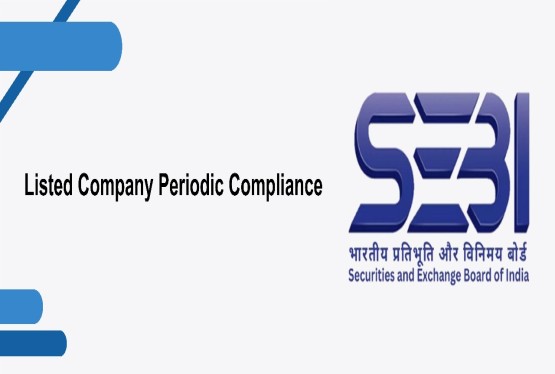




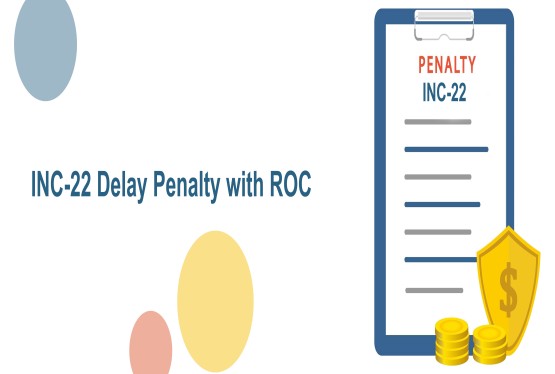



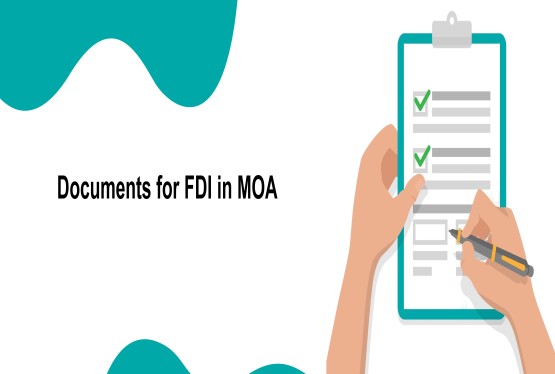


_learn_crop10_thumb.jpg)



_rd_roc_learn_crop10_thumb.jpg)
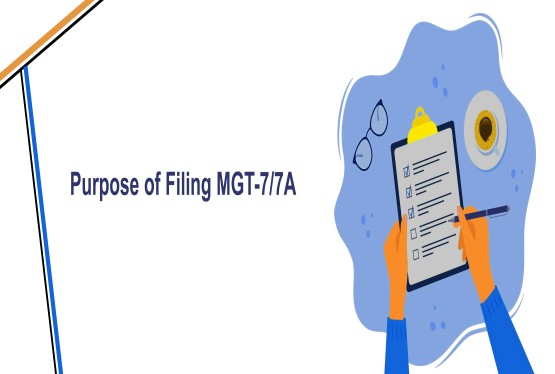















_learn_crop10_thumb.jpg)












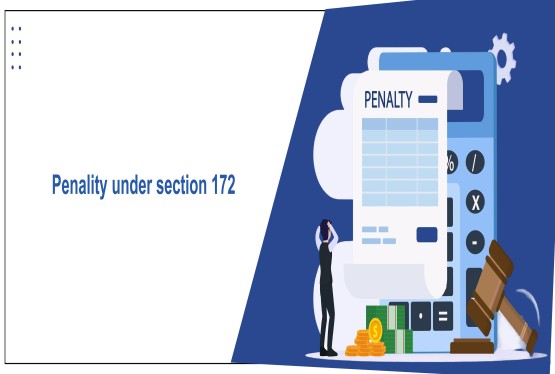

_learn_crop10_thumb.jpg)
_Learn_crop10_thumb.jpg)










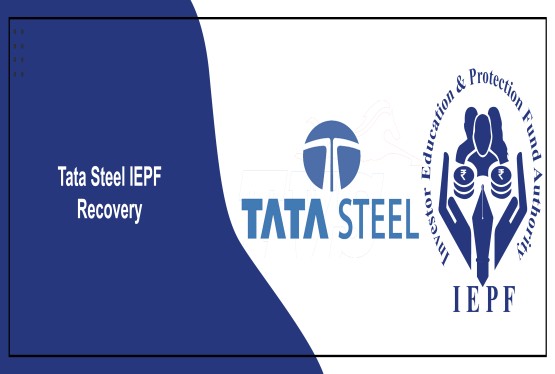
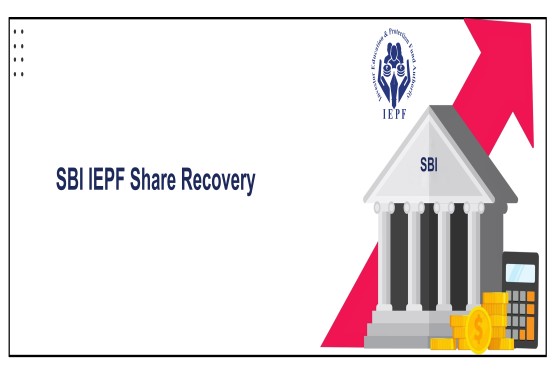



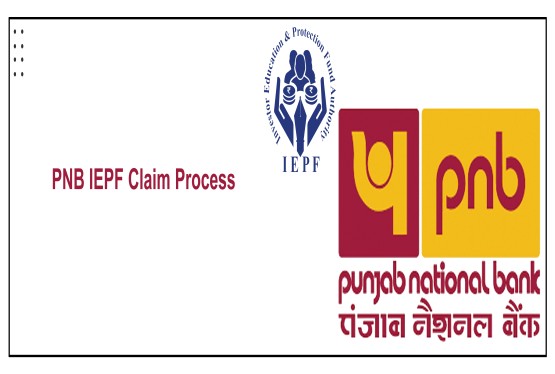





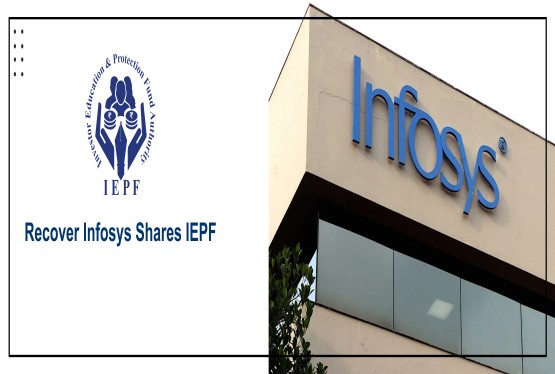





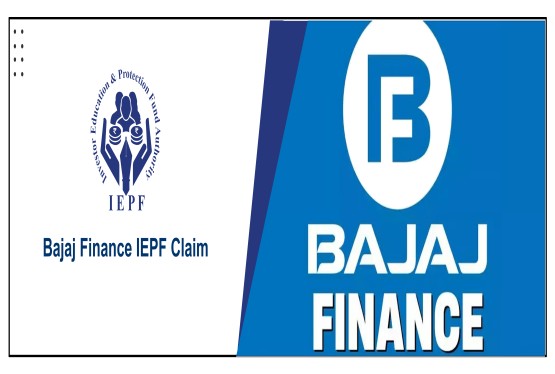















_learn_crop10_thumb.jpg)

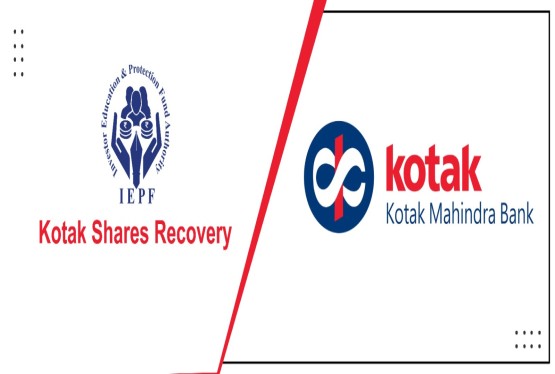


_learn_crop10_thumb.jpg)

